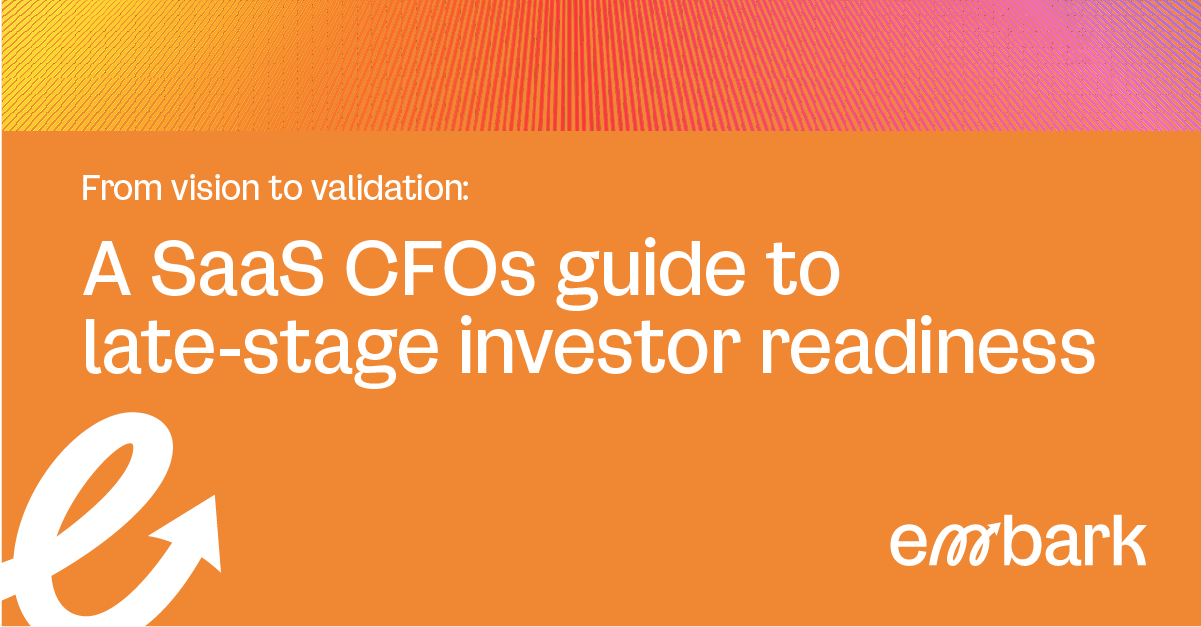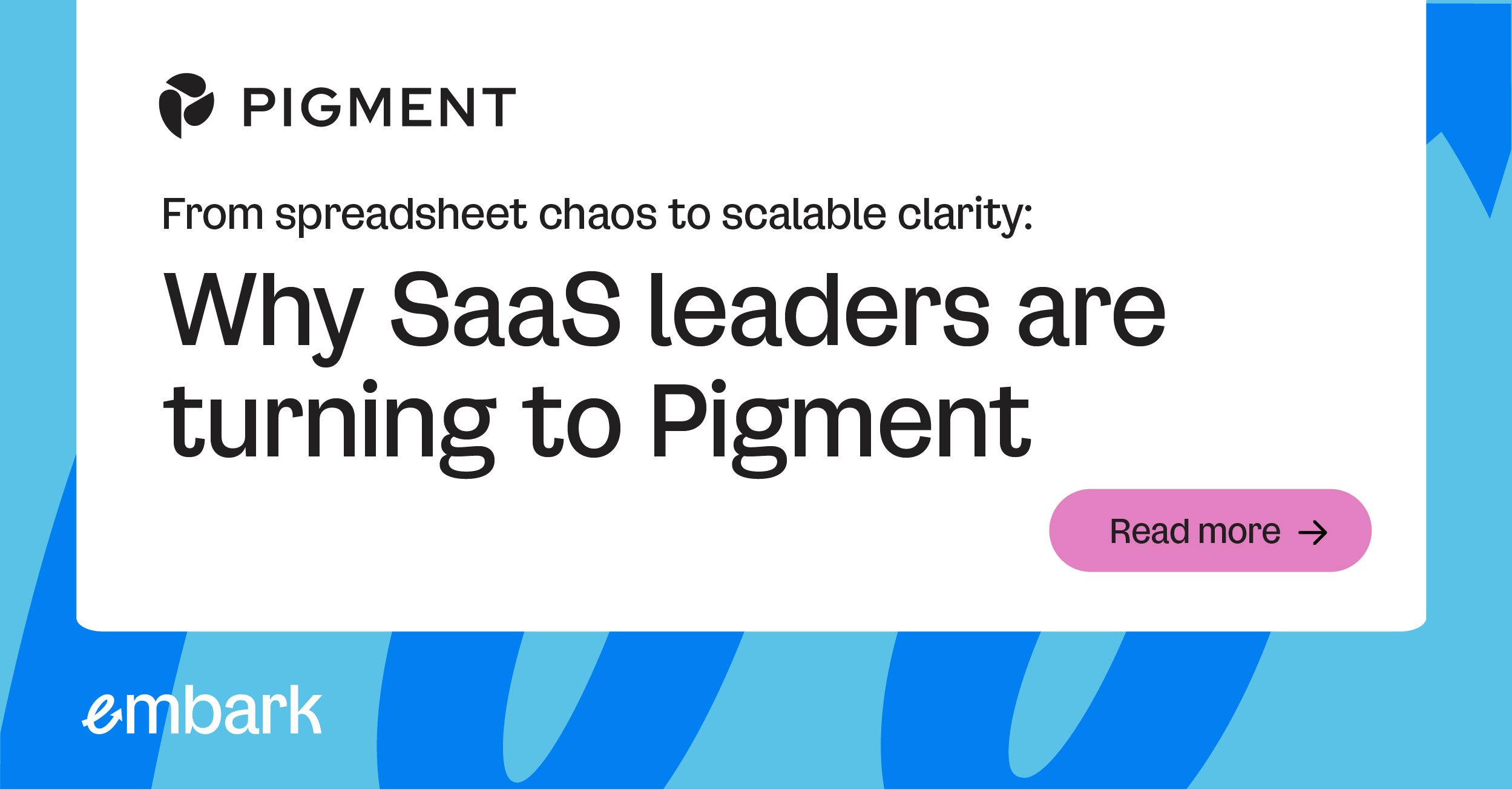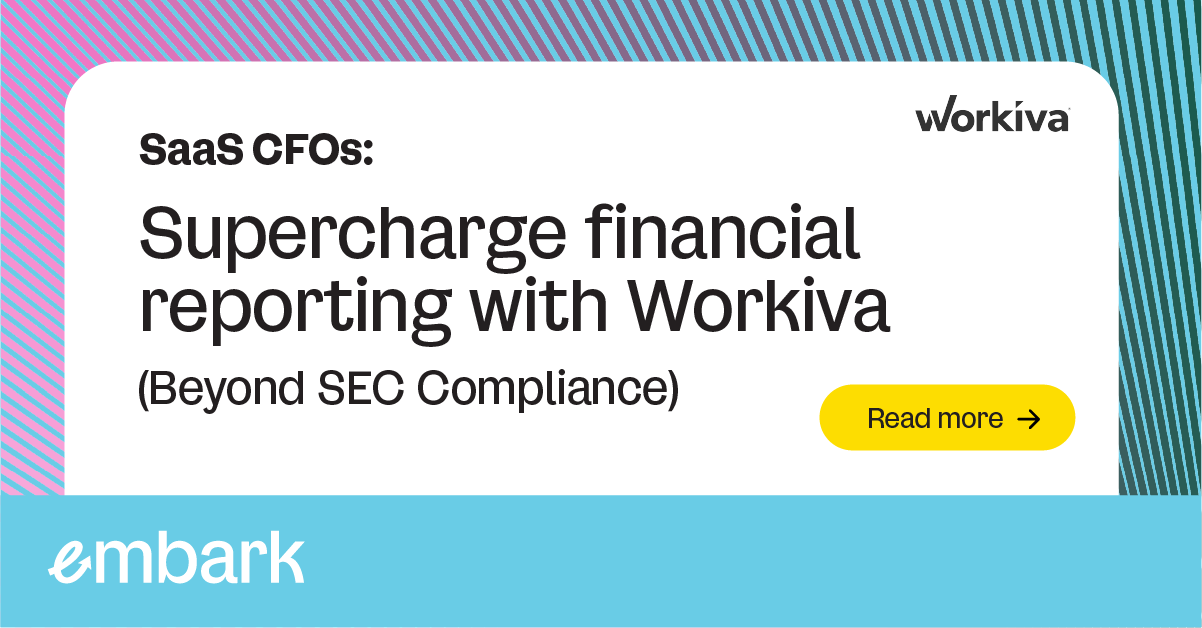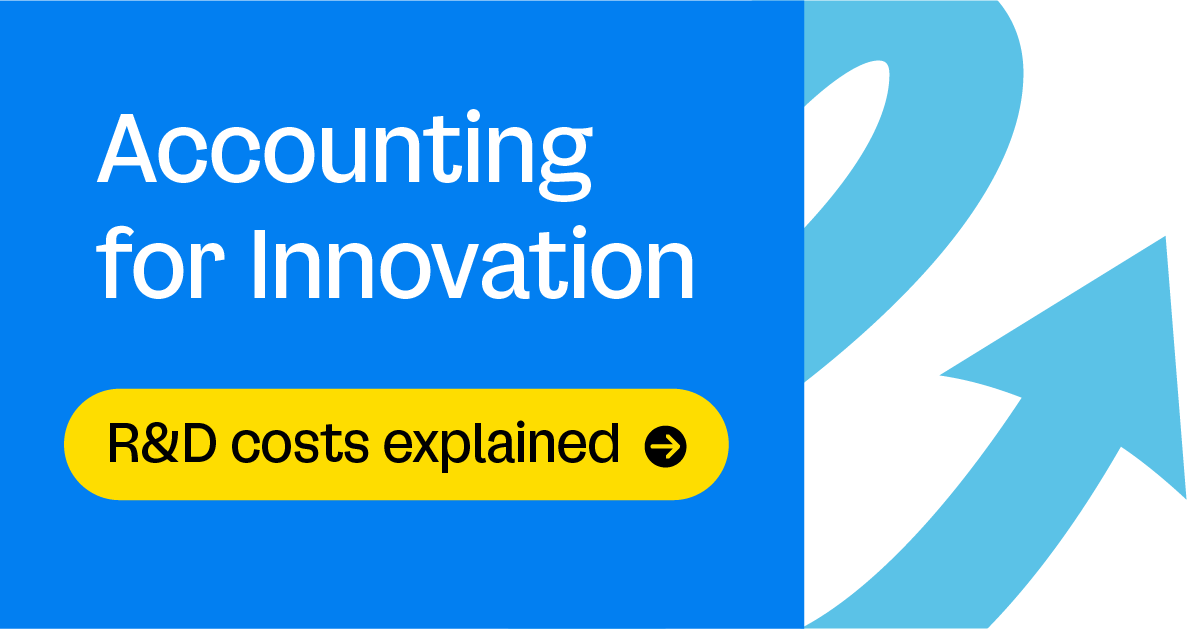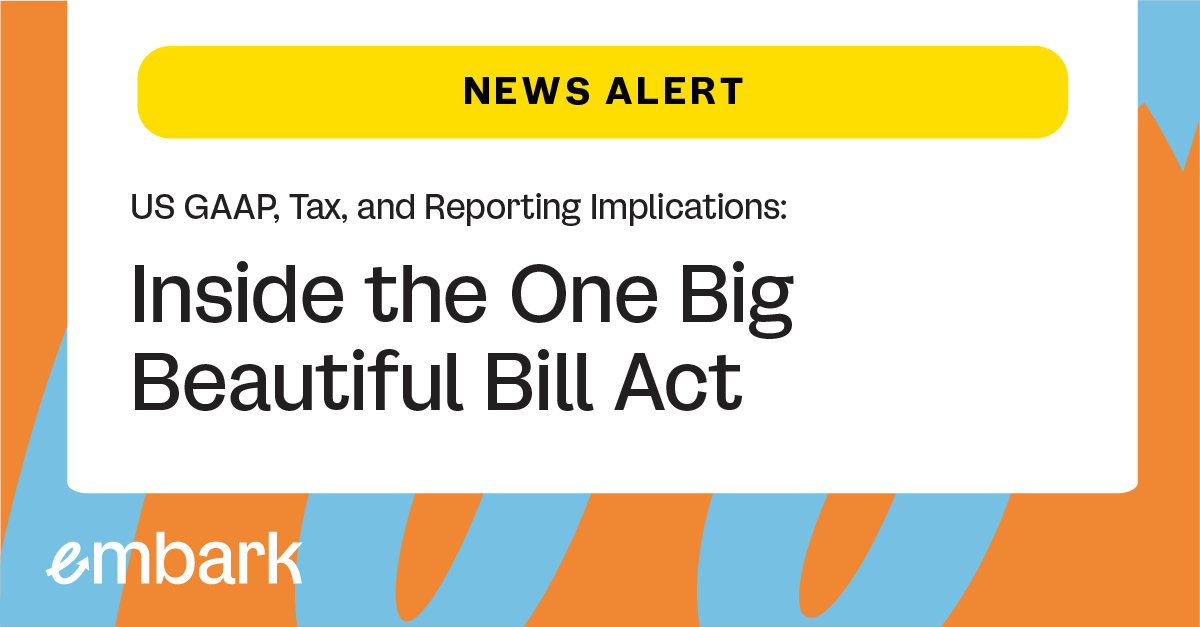
Month-end and quarter-end can feel like a high-wire act for mid-market SaaS finance teams. CFOs and controllers juggle countless Excel files, disparate data from NetSuite and other systems, and last-minute narrative edits to board decks – all under tight deadlines. The result? Late nights, version-control nightmares, and nagging doubts about data accuracy. It’s a familiar headache: manual reporting processes are slow, error-prone, and simply not scalable for a growing SaaS company.
Now imagine a different scenario. What if your financial statements, KPI dashboards, close checklists, and even ESG reports all lived in one connected platform – automatically updated with real-time data from your ERP and planning tools? What if every number in your internal reports or investor presentation was linked to a single source of truth, eliminating copy-paste errors and keeping everyone on the same page? This is the promise of Workiva.
Originally known for SEC reporting, Workiva’s cloud platform has evolved into a connected reporting powerhouse that unites finance, sustainability, audit, and risk data in one place. In this post, we’ll explore how mid-size technology companies (particularly SaaS firms) are leveraging Workiva far beyond 10-Ks and 10-Qs – from streamlining the financial close and consolidation to real-time management reporting, KPI tracking, audit workflows, and ESG disclosures. We’ll also highlight how Workiva integrates seamlessly with systems like NetSuite (ERP) and Pigment (planning) to eliminate silos and manual work.
By the end, you’ll see why partnering with Embark – Workiva’s 2023 and 2024 Partner of the Year in the Americas – for Workiva services is the smart move to implement and optimize Workiva for your SaaS finance stack. Get ready to replace chaos with confidence in your reporting process.
Meet Workiva: More Than Just SEC Reporting Software
Workiva has made a name for itself as the leading platform for SEC filings (EDGAR, XBRL, etc.), but modern CFOs are discovering Workiva as a solution for integrated, end-to-end reporting and compliance. Over 5,800 organizations – including high-growth tech companies – use Workiva to manage complex processes like financial reporting, ESG reporting, and internal audits. The reason? Workiva provides a single cloud platform where all your critical reporting data and documents can live connected together.
Key Traits That Set Workiva Apart for Mid-size Firms, Especially in SaaS:
Cloud-based and fast to deploy
Workiva is a multi-tenant cloud platform (no on-prem software), which means new teams can be up and running in days or weeks, not months. There’s no heavy IT lift – a huge plus for lean tech companies.
Data linking & single source of truth
At the heart of Workiva is its connected data architecture. You can link numbers and narrative across dozens or even hundreds of documents and reports. For example, the revenue figure in your income statement can feed directly into your board presentation and KPI dashboard. Change it once at the source, and it updates everywhere – no more manual updates or version doubt.
Deloitte describes this well: connecting data from multiple source systems and linking across all reports means when changes occur at the source, numbers and narrative update automatically. This not only saves time but dramatically increases confidence in reporting outputs.
Granular controls and audit trail
Workiva was built with compliance in mind. Every edit, comment, and change in a Workiva document is tracked with a full audit trail. Role-based permissions let you control who can view or edit each section or data-point. This means no more free-for-all on shared spreadsheets – you get collaboration with control.
External auditors can even be given access to view linked evidence, and they can trace a number in a report back to its source system or reconciliation tool (e.g. Workiva users can trace figures back to BlackLine reconciliations). In short, compliance and transparency are baked in, easing the burden on your audit/compliance teams.
Collaboration and workflow
Multiple team members can work simultaneously on the same document (say, different sections of a monthly report) with no version conflicts. You can assign tasks, leave comments, and even have executives review and e-sign reports within the platform , eliminating email ping-pong and printouts. Especially for remote or distributed teams, this real-time collaboration is a game changer – as we all learned during the pandemic’s “virtual close” periods.
Unified Platform (Financial + ESG + GRC)
Perhaps most importantly, Workiva isn’t limited to financial reporting. It’s the only unified platform that brings together financial reporting, ESG, and GRC (governance, risk, compliance) in one controlled, audit-ready environment. That means the same system can manage your SOX controls and testing, audit documentation, risk registers, ESG data, alongside your financial and management reports. For SaaS leaders, this convergence is huge: you gain a holistic view of financial and non-financial data, breaking down silos between teams.
In essence, Workiva provides one central hub for “connecting the dots” of enterprise data and reporting. Instead of relying on scattered tools, SaaS companies can have financials, operational metrics, risk data, and narrative analysis all in one place – with confidence that everything ties out and is up-to-date.
The New Demands on SaaS Finance Teams
Today’s SaaS companies operate in a fast-paced, data-driven environment. Finance leaders must deliver accurate financials and key SaaS metrics faster than ever – not just for SEC compliance (if public) but for management decisions, board meetings, investor updates, and audits. Some challenges SaaS CFOs and controllers face include:
Multi-Source Data & Metrics
Revenue data in NetSuite, bookings in a CRM, budgets in Pigment or Excel – pulling together these sources for a unified view of ARR, churn, or cash burn is cumbersome. Inconsistent data or definitions across sources can erode trust.
Manual Close and Consolidation
Many mid-market firms still rely on spreadsheets for consolidation and close checklists. This manual effort slows the close and introduces risk. An error in one consolidation worksheet can cascade into inaccurate financial statements – a nightmare scenario for a CFO.
Version Control & Collaboration Chaos
Finance teams spend hours emailing static reports back-and-forth, highlighting changes or “which version is correct?” confusion. There’s often no single source of truth. As one Deloitte insight noted, reporting teams grapple with spreadsheets and data from multiple systems with little lineage back to source, leading to inconsistencies and low confidence in the numbers.
Audit and Compliance Burdens
Whether it’s preparing for a first external audit, SOX compliance, or internal controls testing, tracking documentation and approvals via email and shared drives is inefficient. It’s easy to lose track of who approved what, and proving an audit trail is tedious.
Emerging ESG and GRC Expectations
SaaS firms are increasingly expected to report on Environmental, Social, Governance (ESG) metrics or manage enterprise risks. Without the right tools, gathering ESG data or monitoring risks can feel like herding cats – lots of data owners, no integrated process, and high risk of error or omission.
In short, the traditional approach – patching together ERP exports, Excel sheets, and PowerPoint slides – can’t keep up with a dynamic SaaS business. Manual processes not only waste time but also create risk, as data gets out-of-sync and controls are bypassed. SaaS CFOs need a better way.
Use Cases Outside of SEC Filings: How SaaS Companies Leverage Workiva
Workiva’s value extends well beyond SEC compliance. Mid-size tech companies are unlocking a range of use cases on the platform to modernize their finance and compliance functions. Here are some of the most impactful ways SaaS firms use Workiva day-to-day:
1. Management Reporting & KPI Dashboards
SaaS CFOs need to regularly inform their CEO, board, and leadership team about the health of the business. This means producing management reports packed with SaaS metrics – MRR/ARR growth, customer churn, CAC, LTV, burn rate, you name it. Many finance teams prepare slide decks or memo-style reports each month or quarter for these insights.
Workiva streamlines management reporting by connecting data directly from your source systems into presentation-ready reports. For example, you can connect data from NetSuite (actuals), your CRM (sales bookings), and Pigment (budget/forecast) straight into a Workiva management report. The platform can pull in figures via direct connectors, so your key metrics and charts update automatically when new actuals or forecasts are available – no more exporting CSVs and updating PowerPoint by hand.
With Workiva, every report and presentation can live in one platform. Finance teams build a living dashboard or deck that’s always up to date. Some features and benefits include:
Unified KPI Dashboards
Create dashboards or executive summary reports where KPIs (MRR, churn, cash runway, etc.) are live-linked to data sources. If last-minute adjustments come in, numbers update in real time. Teams have used Workiva for monthly management reports, variance analysis, and tracking key performance indicators (KPIs), ensuring leadership always sees the latest, consistent figures.
Board Reporting Made Easy
Instead of cobbling together a board deck each quarter, Workiva lets you maintain a continuous board report document. Narrative sections (business updates, key wins) and data (financials, metrics) co-exist and stay in sync. One SaaS company’s finance team used Workiva for all their board committee and quarterly reporting – linking financial statements and charts so that each board package was assembled with minimal manual effort.
Trusted Data = Credible Insights
Because Workiva acts as a single source of truth, CFOs can present metrics with confidence. No more “the numbers changed after a late update” surprises. As an added bonus, Workiva’s dynamic commentary means if a KPI changes, the explanatory text can be quickly updated in the same platform, reviewed by the team, and ready for distribution.
In short, Workiva helps SaaS finance teams deliver decision-ready reports faster and with greater accuracy. Management gets timely insights, and finance avoids the scramble of last-minute spreadsheet revisions.
2. Accelerating Financial Close & Consolidation
Closing the books efficiently is crucial – investors and management want results yesterday. Workiva doesn’t replace your ERP or consolidation software, but it supercharges the financial close reporting process.
Here’s how Workiva supports the close and consolidation for mid-market companies:
- Connected trial balances and financial statements: Workiva can connect directly to ERPs like NetSuite to pull trial balance or financial data into your reports. For instance, using Workiva’s NetSuite connector, you might automate retrieval of your monthly trial balance or revenue detail. Those numbers then flow into your income statement, balance sheet, and cash flow statement in Workiva, all of which are linked.
When the accounting team posts a late journal entry in NetSuite, Workiva can refresh the data so your financial statements update automatically – no more editing Excel formulas or risking an outdated figure. This connectivity “directly from source systems like general ledgers or ERPs” is a game-changer. - Streamlined multi-entity reporting: For SaaS firms with multiple entities or subsidiaries (common as you expand globally or via M&A), Workiva simplifies multi-entity reporting. You can import consolidation data or entity-level financials and manage reporting for each unit from a single dashboard. Workiva’s solution lets you track the status of each entity’s reporting and roll up results without juggling separate files. It provides a consistent process across entities, which is far less painful than manually tracking dozens of Excel reports.
- Close checklists & task tracking: Workiva isn’t just about numbers – it can also host your close checklist and workflow. Teams use Workiva to create task lists (with owners and deadlines) for the close process, embedding them in the reporting workflow. Everyone can see the status in real time. This transparency is critical when working remotely or across offices. It answers the question: “Has that late adjustment or reconciliation been completed?” – in Workiva you’ll see updates or comments in context. Bottlenecks become visible, and nothing falls through the cracks.
- Audit-ready financials: By managing financial statements and tie-outs in Workiva, you inherently build an audit trail. Support documents can be attached directly to figures (e.g., attach a PDF of a revenue contract to the $X million deferred revenue line it supports). Auditors (internal or external) can be given view access to see these linkages. One company noted that internal teams and external auditors could work in the same platform to draft and review statements, with control over who can edit what, speeding up the audit and review cycle. Essentially, Workiva can cut your financial reporting process time in half while reducing risk – a huge win when the close clock is ticking.
By modernizing close and consolidation reporting with Workiva, SaaS finance teams shave days off the process and gain more time for analysis. As a result, CFOs can deliver results to stakeholders faster, and with greater confidence in the accuracy of those results.
3. Integrated Audit, Risk, and Controls (GRC)
In a growing tech company, financial reporting and risk management go hand in hand – especially if you’re gearing up for an IPO or scaling operations. Workiva brings much-needed integration to Governance, Risk, and Compliance (GRC) activities that are traditionally managed in silos or spreadsheets.
Workiva’s platform includes robust solutions for internal audit, SOX compliance, and enterprise risk management. Even if GRC isn’t the primary reason you adopt Workiva, having these capabilities on the same platform as your financial data is a huge advantage:
- SOX and controls management: Workiva can house your risk control matrix, testing documentation, and certification workflows. Audit teams use it to assign control tests, track PBC (Provided By Client) requests, and log results – all in one place. Testing evidence can be linked to the specific controls and financial statement items they support, creating end-to-end traceability. This means when it’s time for a SOX 404 attestation or IPO readiness, all your control info is organized and easily reported on.
- Audit workflow and tie-outs: Many organizations use Workiva to coordinate internal audit projects and even external audit requests. The benefit is similar – no more juggling email requests or shared folders. Instead, auditors and process owners can collaborate in a controlled environment. Workiva’s dashboards can show testing status or outstanding audit requests at a glance. Plus, as noted, any number in a financial report can be tied out back to evidence or an auditor’s sign-off, which speeds up issue resolution.
- Risk management & reporting: Workiva enables teams to maintain risk registers and link risks to mitigating controls or audit plans. For example, if “billing system failure” is a risk, you can link it to the IT controls in place and even to the narrative in your 10-K risk factors. Workiva provides dashboards for risk officers to monitor risk assessments and mitigation activities alongside financial outcomes. It’s truly an integrated approach to risk and finance.
- One GRC-finance ecosystem: The big picture is that Workiva converges your financial and GRC data. A change in a risk assessment or a control test failure can be immediately reflected or noted in management reports or audit committee decks. This integration is increasingly important; as KPMG highlighted, non-financial and financial reporting are converging under new regulations, and Workiva uniquely allows companies to manage both in one secure platform.
For SaaS executives, having GRC in the same toolkit means fewer surprises and better oversight. CFOs can sleep easier knowing that compliance reporting (SOX, audit, etc.) is being handled with the same rigor and real-time clarity as the financials.
4. ESG Reporting & Sustainability Disclosure
Even pre-IPO or mid-size tech firms are feeling the push to report on sustainability and ESG metrics – whether due to investor interest, customer requests, or upcoming regulations (like the EU’s CSRD). Workiva’s platform is a boon for ESG reporting, letting you extend your existing reporting processes to cover environmental and social impact data with confidence.
Workiva ESG offerings
Framework Integration |
Workiva includes an ESG Reporting solution with built-in frameworks (GRI, SASB, TCFD, etc.). This means you can browse and select the specific disclosures relevant to your company and easily structure your ESG report to meet common standards. No starting from scratch – Workiva guides you on what to report.
|
Data Collection and Consistency |
ESG data often lives outside traditional finance systems (think HR for diversity stats, facilities for carbon data, etc.). Workiva allows you to pull together ESG metrics from various sources into one platform, just like financial data. By doing so, you ensure the data is audit-ready and consistent. In fact, Workiva’s approach avoids “non-auditable processes like spreadsheets” for ESG, improving accuracy and efficiency.
|
Unified Financial + ESG Reporting |
Here’s a strategic benefit – Workiva enables the finance team to align ESG reporting alongside financial reporting. As one Workiva executive noted, the platform brings financial, ESG, and GRC data together, making ESG investor-grade. For a SaaS CFO, this means you can oversee sustainability metrics with the same discipline as GAAP metrics. When producing an annual report or investor update, both financial results and ESG results can be reported in concert, with consistent quality.
|
Audit-Ready ESG Reports |
With regulators and ratings agencies demanding more rigor, Workiva helps by providing end-to-end traceability for ESG disclosures. You can show where each figure came from, who approved it, and how it ties to the chosen framework. The result is an ESG report you can trust – and so can your stakeholders. As sustainability reporting becomes more regulated, this capability will shift from nice-to-have to must-have. |
Overall, Workiva allows tech companies to future-proof their reporting by incorporating ESG into the fold early. It’s a lot easier to add on when you already have Workiva in place, rather than manage separate, ad-hoc ESG spreadsheets later.
Integration with Your SaaS Tech Stack: NetSuite, Pigment, and More
A reporting platform is only as powerful as the data it can access. Luckily, Workiva plays very nicely with others. It offers a range of data connectors and APIs to integrate with the systems mid-market companies rely on – from ERPs and CRMs to planning and BI tools.
Two integrations particularly relevant to SaaS finance teams are NetSuite (ERP) and Pigment (FP&A planning):
Workiva + NetSuite (ERP) |
Many SaaS firms use NetSuite for accounting and ERP. Workiva provides native connectors to NetSuite (including SuiteAnalytics) to pull data like trial balances, transactional data, or saved searches directly into Workiva. As Workiva describes, integrating systems like NetSuite with Workiva enables a “central hub of trusted data” for reporting. For finance teams, this means no more CSV exports or risk of someone updating a number in NetSuite but forgetting to update the reporting pack. Live linkage ensures your Workiva reports reflect NetSuite data accurately and instantly. Conversely, if you adjust something in Workiva (say a top-side adjustment during consolidation), that can be documented and later synced back. The NetSuite-Workiva integration essentially connects your general ledger to your reporting outputs, cutting out hours of manual data wrangling. |
Workiva + Pigment (Planning) |
Pigment is a next-gen planning and forecasting tool popular with tech companies for its flexible modeling (imagine an modern alternative to Anaplan). Workiva and Pigment have a strategic partnership. There’s a dedicated Pigment connector that allows finance teams to pull budget, forecast, and workforce plan data from Pigment into Workiva. This is powerful for variance analysis and board reporting: you can line up actuals vs. budget automatically. Workiva specifically notes that Pigment data can flow into SEC reports, management reports, and ESG reports on the Workiva platform. So if you forecast headcount or carbon emissions in Pigment, those figures can populate your Workiva ESG disclosure. The integration is bidirectional too – meaning you could potentially push data back to Pigment after reporting adjustments. The net effect is true alignment between your FP&A forecasts and your actuals in reporting – a single version of the truth from plan to outcome. |
Aside from NetSuite and Pigment, Workiva offers connectors to dozens of other systems. Whether you use Oracle or SAP for ERP, BlackLine for account recs, Salesforce for CRM data, or a data warehouse like Snowflake – Workiva can connect to it. The platform’s openness ensures that as your SaaS company expands its tech stack, Workiva remains the central nervous system for all your reporting outputs.
By integrating Workiva deeply with source systems, Embark has seen clients eliminate manual data entry, reduce errors, and free up teams to focus on analysis rather than data prep. Integration is key to unlocking Workiva’s full potential as an automation and efficiency engine.
Embark: Your Consulting Partner for Workiva Success in the Tech Sector
Implementing Workiva can transform your business, and Embark is here to guide you. As a Workiva-certified advisory team, we specialize in helping SaaS and technology clients maximize their platform use. Recognized as Workiva's Americas Partner of the Year in 2023 and 2024, our team of former Big 4 professionals is dedicated to optimizing your Workiva experience.
- Tailored implementation: We customize Workiva solutions to fit your specific needs, ensuring quick wins and unlocking the platform's full capabilities from the start.
- Integration & automation: Our expertise in financial systems allows us to seamlessly integrate Workiva with your existing tools, automating data flows and reducing manual work.
- Optimization & expansion: Already using Workiva? We help you expand use cases and leverage features you might not be using yet, like Wdata and advanced reporting.
- Change management & training: We provide hands-on training and support to ensure your team is comfortable and successful with Workiva.
- Continuous Improvement: As your business evolves, we adjust and optimize your Workiva setup, acting as long-term partners in your finance transformation journey.
At Embark, we combine deep accounting expertise with technology savvy to help SaaS and technology clients modernize and thrive. Our approach is "seriously happy, smart yet warm," ensuring a smooth and enjoyable process. Partner with us for a holistic solution to finance excellence.
At the end of the day, Embark’s mission is to help SaaS finance teams modernize and thrive. We combine our deep accounting experience and know-how with technology savvy to bridge the gap between what Workiva can do and what your unique business needs. And we do it all with Embark’s signature style – “seriously happy, smart yet warm” service that makes the process enjoyable. You’ll have seasoned experts in your corner, but also folks who speak like humans (not robots or salespeople) and genuinely care about your success.
|
“Embark continually demonstrates its commitment to technology and innovation… helping clients harness the power of data-driven decision-making.” –Yahoo Finance on Embark’s Workiva partnership |
We’re proud to be the go-to Workiva partner for tech companies nationwide, from high-growth startups to newly public SaaS enterprises. Our track record includes optimizing Workiva for Digital Turbine (a mobile tech firm) to streamline their SEC and internal reporting and many other success stories. When you partner with Embark, you’re not just getting software implementation – you’re getting a holistic solution for finance excellence.
Conclusion: Turn Reporting into a Competitive Advantage
In the competitive SaaS landscape, how you report and utilize data can be a true differentiator. Workiva offers mid-size tech companies a platform to transform financial reporting from a reactive chore into a proactive strategic asset. By connecting your data, teams, and processes in one place, Workiva frees up your talent to analyze and act on the numbers, not just reconcile them. The payoff is huge: faster closes, sharper insights, airtight compliance, and more sleep-filled nights for the CFO and team.
But technology alone isn’t enough – it takes the right expertise to fully capitalize on it. Embark is here to ensure your Workiva implementation delivers immediate and lasting value. With our help, SaaS finance leaders can automate the mundane and spend more time driving strategy and growth. The result? Finance becomes a forward-looking business partner, powered by real-time data and reporting confidence.
Ready to elevate your SaaS reporting and tech stack to the next level? Let Embark show you how Workiva can be a game-changer for your organization. As Workiva’s Partner of the Year and a specialist in SaaS finance, we have the team and tools to get you there. Reach out to learn more about our tailored Workiva services.

